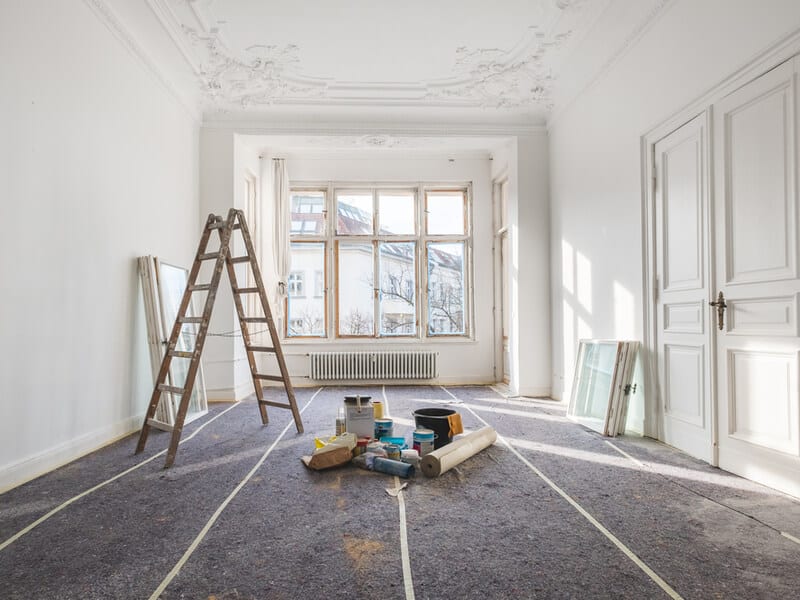 Take care of functional areas
Take care of functional areas
An old saying is that kitchens and bathrooms sell a home, but what about other spaces? When you’re considering parts of your home to renovate, you can step away from the kitchen and bathrooms and see what else can be done. Kitchens and bathrooms are a high-cost renovation, and you may need trades and several weeks of work to take care of them. Also, these rooms can cost a pretty penny to makeover, with some experts saying 5-15k for each!
If you’re looking for parts of your home to makeover, it may be best to get started by doing a complete walkthrough. Grab a notepad and a few pens, remove those ruby coloured glasses and have a stroll through your home. Look at each room and area and consider what could make these areas more functional.
The entry to a home is often overlooked, but it can be an excellent place to start. What do you need just as you enter your home? If you like to keep your keys on hand, you may need a place to hang them. Is there somewhere to hang coats or place shoes? What do you like to do after passing under the transom to your home? The hidden extras for this part of your property are near endless, but it can be the perfect place to add some much-needed functionality.
The entrance is a great place to start planning because residents and builders often overlook it, so you’re more likely to find a blank canvas. After you finish with the entrance, you can walk through the rest of the home. Don’t forget that while we all want our homes to look nice, if they don’t work to fit in with our lives, then it could be a little pointless. Home improvements are a great way to add value, but your home should also work to fit with your life.


